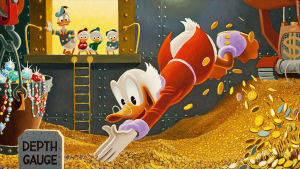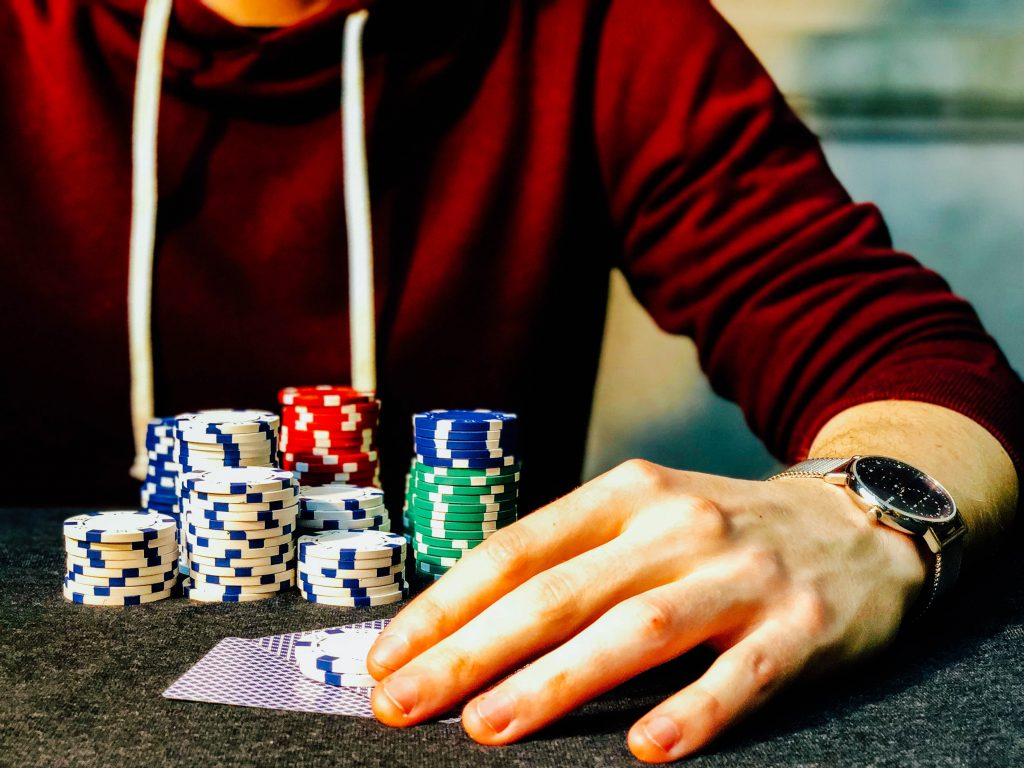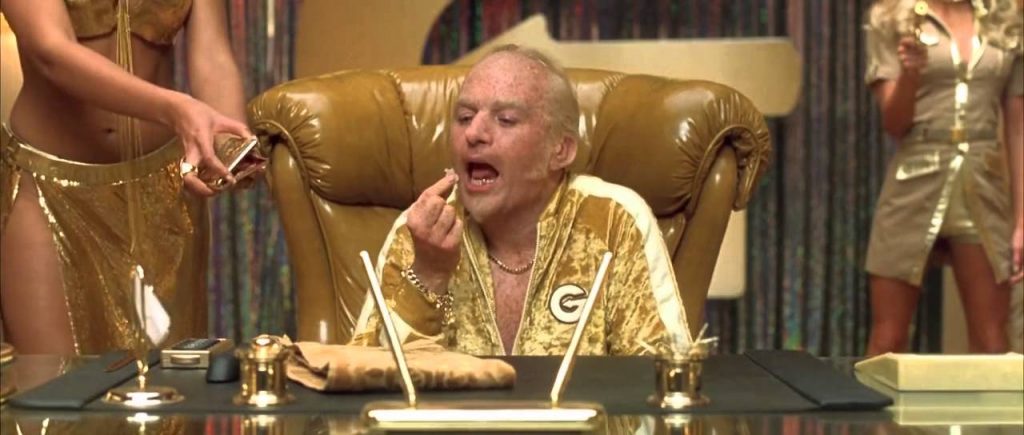‘I love gooooooold.’ Gold Member, Austin Powers
Human emotion drives the market, but the market has little sympathy for emotional investors. Fear, greed, hope and ‘love’ all play their part in why so many fail.
Often, it starts with building unhealthy attachments to an asset first that has a knock-on effect that leads to greed, fear, anger and hope.
If we take a moment, it is an odd life choice to fall in love with an asset that does not know your existence. It won’t pay you what you want just because you are unhealthily attached. Put it this way, what would the consequences be if you relentlessly pursued a human that did not want to be pursued?
Good investing works the same way. It is your job to understand when to pursue an asset and when to let go.
There is a pile sky-high of this love army, chewed up and spat out by the markets daily. You need a very different approach. The market favours those who align with her, stay neutral and follow the flow of money.
Over the years, I have seen people form tragic love affairs with commodities such as gold, silver and oil, stocks such as TSLA, SYME and TILS, the UK and US indices and forex pairs such as the EURUSD and the USDJPY.
The latest apple of the emotionally-fueled investor eye is, of course, cryptocurrencies and altcoins.

The reasons why people create these capital-draining bonds can be peeled back to a simple fact; they have no edge. What is an edge? An edge is the ability to choose assets that have more chance of making a profit than a loss, simply known as high-probability assets.
Investing on a proven edge unique to us as private investors forms the backbone of putting a portfolio together that performs beyond your expectations.
There is an expression in the investing world:
If you cannot define your edge, you don’t have one. And if you don’t have an edge, you will get eaten by someone who does.
How exactly an edge is defined, we will be looking at in detail in the coming articles. For now, imagine it as a simple checklist comprised of a fixed number of technical analysis indicators that defines if it is high-probability or not.
We reference every single asset that is of consideration for the portfolio against this checklist. If the set-up of the asset completes the checklist, we place a position. If not, we stand aside.
This approach removes all emotions and attachments and forces you to focus on market structure. It removes all opinions and replaces them with allowing the market to dictate what course of action to take.
Approaching the financial markets with a clearly understood edge that has a proven history of delivering results ultimately starts the transition of moving you away from gambling and guesswork to high-probability investing.

Now, this is where it gets lucrative. A proven edge appears many times a year and across many asset classes. Typically, an edge can lead to me holding positions as follows before executing my exit strategy and seeking out the next sets of assets that meet my edge:
- Stocks – 12 to 24 months
- Commodities – 12 to 24 months
- Currencies – 3 to 12 months
You may have picked up that as assets have an edge, they can and will also lose their edge. This is what the market does. It is part and parcel of the natural flow of money.
This leads back to the start of this article and why having unhealthy attachments to any single asset will eventually blow a huge hole in your capital. Repeatedly trading a low-probability asset means you have the odds stacked against you to see a positive return.
For some, it will be a slow bleed built on hope. For others, it is a horrendous few minutes of their life driven by greed they will live to regret. At some point, anger will take over, which leads to additional poor choices.
It is a roller coaster ride played out daily with a queue that never seems to end. Where many fail, there is always the next batch of gamblers and get-rich-quick schemers ready to risk it all for the glory that inevitably never comes.

We know there are no guarantees in investing. However, I can guarantee in the coming articles a clear understanding of how to define and recognise the edge we have successfully used since 2007.
What I cannot guarantee is your ability to execute the edge successfully. For those with experience, this will require you to shed the ego, let go of the old and allow in the new.
For those who are new or have stagnated for way too long, this will also require you to put aside your misconceptions and irrational fears and fill that space with knowledge.
All promising endeavours have a learning phase; this is the start of yours to become the investor you have always wanted to be.
Main Take-Away:
- Lesson 1 – Save at least £10k to £20k to give yourself a solid foundation to build from. This may require sacrifices at first but as you earn more and save more, the balance of the ‘having a life/saving money’ dynamic tilts in your favour.
- Lesson 2 – Looking at charts as a trader but holding positions for extended periods as an investor is the most complete approach for us as everyday people.
- Lesson 3 – Protect yourself from misguided and ill-informed opinions by becoming financial literate. Only you are accountable for what you achieve by retirement.
- Lesson 4 – Financial literacy means knowing precisely what you need to know to make as much money as possible as safely as possible between now and retirement. The rest is noise.
- Lesson 5 – There is no need to reinvent the formula. Instead, play the long game and embrace compound growth. Calculate your compound number to know exactly where you are on your investment journey. This will help you move forward with stealth and confidence.
- Lesson 6 – Always invest on a proven edge. Then remain attached to the asset only for as long as it is paying you.


